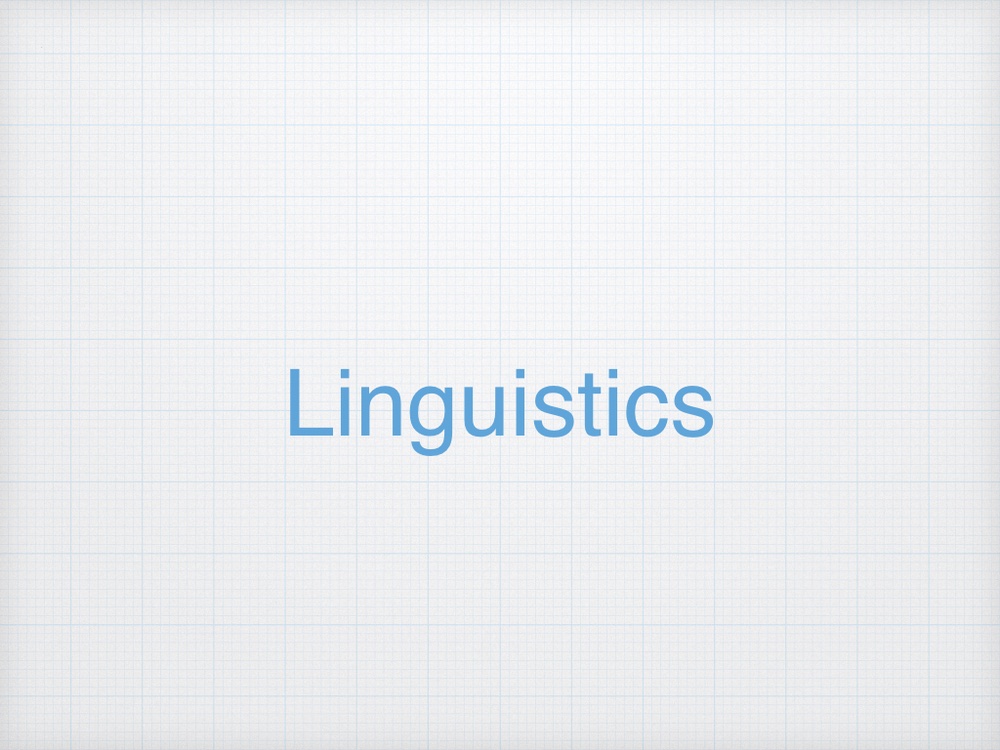どのように言語が進化したか
言語がどのように進化したかという問題は, 進化言語学において根本的な問いである. この問題に対しては, 様々な提案がなされている. Deacon (1997)はsymbolic language(象徴的言語)の登場とその使用が進化の選択圧になったことを提案している.
The remarkable expansion of the brain that took place in human evolution, and indirectly produced prefrontal expansion, was not the cause of symbolic language but a consequence of it. As experiments with chimpanzees demonstrate, under optimal training conditions they are capable of learning to use a simple symbol system. So, it is not inconceivable that the first step across the symbolic threshold was made by an australopithecine with roughly the cognitive capabilities of a modern chimpanzee, and that this initiated a complicated history of back-and-forth escalations in which symbol use selected for greater prefrontalization, more efficient articulatory and auditory capacities, and probably a suite of other ancillary capacities and predispositions which eased the acquisition and use of this new tool of communication and thought.
(Deacon, 1997, p. 340)
非常に興味深い提案であるが, この共進化の観点を考えてみると, Chomskyのいう跳躍説ではなく, 漸進的な進化が仮定されることになる. 私としても, 言語進化は漸進的な方が実態に沿っているように思えるが, この共進化という観点は, 漸進的な進化を考える上で重要な観点の1つであると言えるだろう.
参考文献
- Deacon, T. W. (1997). The symbolic species: The co-evolution of language and the brain. W.W. Norton.

